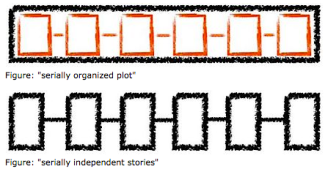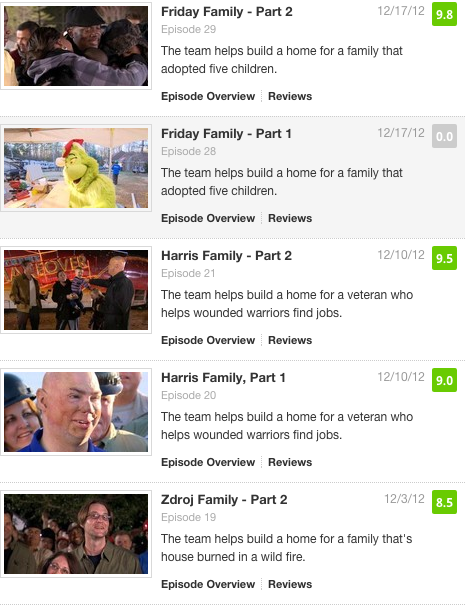Post 5 – Reflections of TV viewing habits
To be honest, I feel that the Time Use Diary that I did isn’t a good reflection of my TV viewing habits as I jotted down most of it on my iPhone first before filling up the form, and it was only during the times when I remembered to. Surprisingly, I watch more cable television as compared to shows online/on my Macbook. One of the major reasons for this is because I don’t have a Netflix account, and neither do I know how to get the shows by other means besides online streaming (which sometimes take too long to buffer that I give up). When I do watch shows on a Macbook, it is mostly when my housemate or other friends manages to get the episodes in full HD.
Looking at my Time Use Diary however, I realised that most of the time I watch television because I’m having coffee, lunch or dinner, and about half of the shows i’ve written down were recorded on our Foxtel box set. I live with 3 other people and we all watch VICE, and because we all have different schedules, we watch the recorded episodes at our time, and sometimes together when we have meals in front of the television (partly because we do not have a dining table at home). David Gauntlet & Annette Hill (cited in Morley, 2000) argue that the television is a “catalyst for forms of organisation of time and space”, where the television is a factor in how households determine their everyday timetables. Another example would be the watching of American Horror Story Hotel, where I would watch with my housemate and friend because we agreed to follow the season together. If either one of us is somehow not free, we would postpone to watch at a time where everyone is free.
The ability to record shows in our Foxtel box set is great as we would never miss our favourite shows (watched the season finale of The Bachelor after it aired). This technology has allowed us the audience to time shift, and watch the shows based on our schedules instead of the television schedule, although nothing beats watching a show as it is airing, especially shows such as The Bachelor, where there is a Twitter hashtag that would be active with viewers’ tweets during the time the show is on. This is the element of second screens that the show incorporated to bring about ‘liveness’ as it is a live Twitter feed, ensuring that the audience is up-to-date with what just happened in the show as they tweet in their thoughts and feelings, and engage with other viewers. I too have engaged with The Bachelor AU’s hashtag, and have had favourites and retweets from other viewers of the show :
Referring back to the comments section of my Time Use Diary,I wrote that I felt embarrassed, almost as if i got caught doing something illegal, when I was watching Keeping Up With The Kardashians with a housemate, and my other housemate came down the stairs. This was because I knew that he considered the show ‘trashy’, of no value, and a waste of time. I felt like I was judged for having bad taste there and then, which reminded me of Lecture 6 about the audience perception of taste. When someone perceives a show as ‘bad taste’, they would view the people who like/watch it as having lower cultural value, as tastes is “a means by which social distinctions are maintained and identities forged” (Donnar, 2015). However I must admit that I too view the show as bad taste as I too feel that it is trashy and of no value, but I still enjoy watching it with my other roommate as it is fun to diss and give sassy/bitchy comments over what the Kardashians are doing or saying. I learned that is called Hate Watching, where one derives enjoyment from criticising a television programme.
Overall I think I am still somewhat considered a traditional television viewer since I do actually watch shows straight from the television and not through online means, and this is thanks to the Foxtel box set which has a myriad of interesting channels and programmes available. Rumour has it that Netflix will be made available in Singapore in 2016, and that is when I’ll be back home. If Netflix does debut in my country, I would predict that my viewing habits would definitely have a huge shift from traditional media to new media.
References
Donnar, G. (2015). Lecture 6 Audiences and Matters of Taste.
Morley, D. (2000). Home territories. London: Routledge.
Twitter.com, (2015). #TheBachelorAu from:dewberrydrops – Twitter Search. [online] Available at: https://twitter.com/search?q=%23TheBachelorAu%20from%3Adewberrydrops&src=typd [Accessed 28 Oct. 2015].



